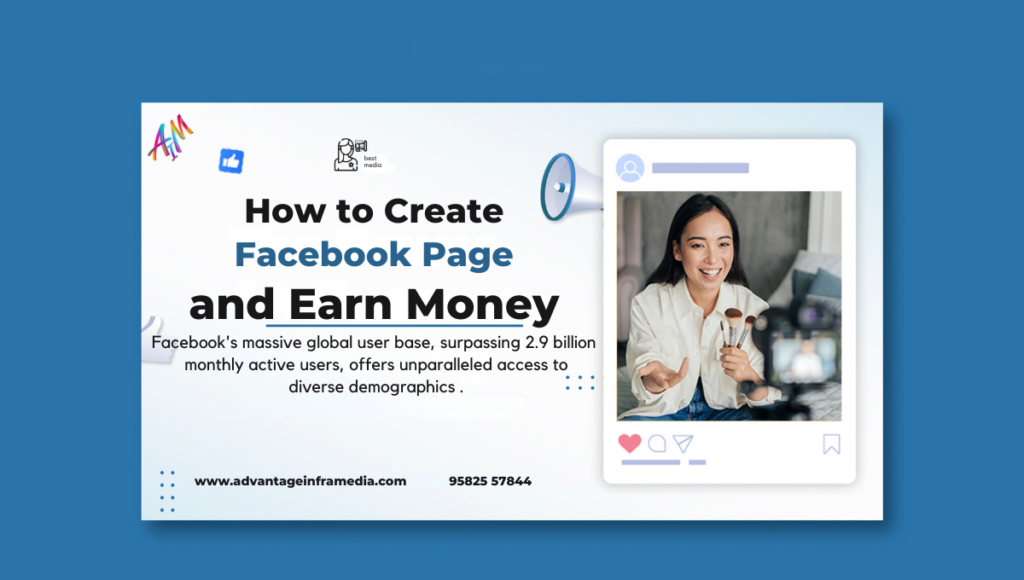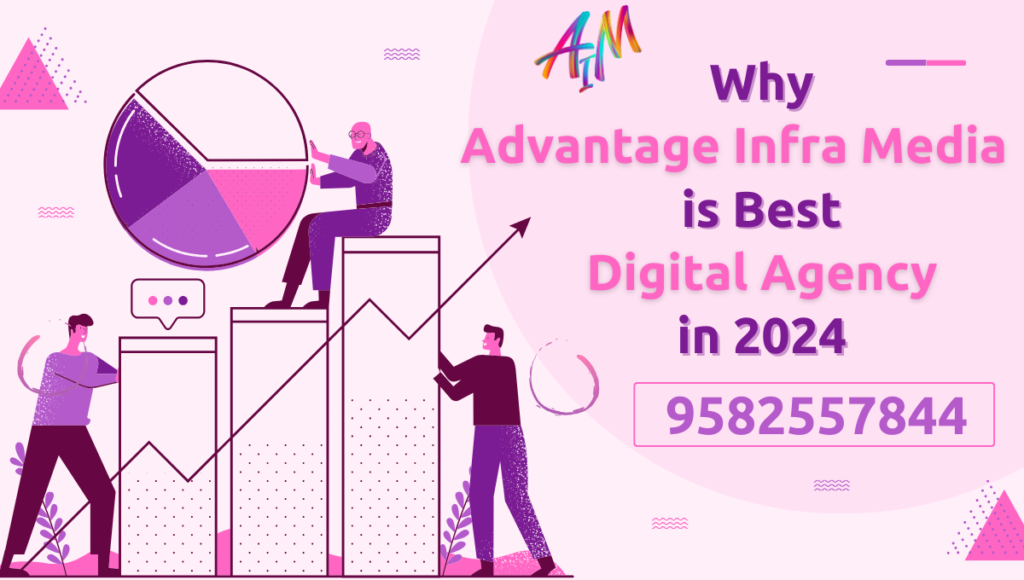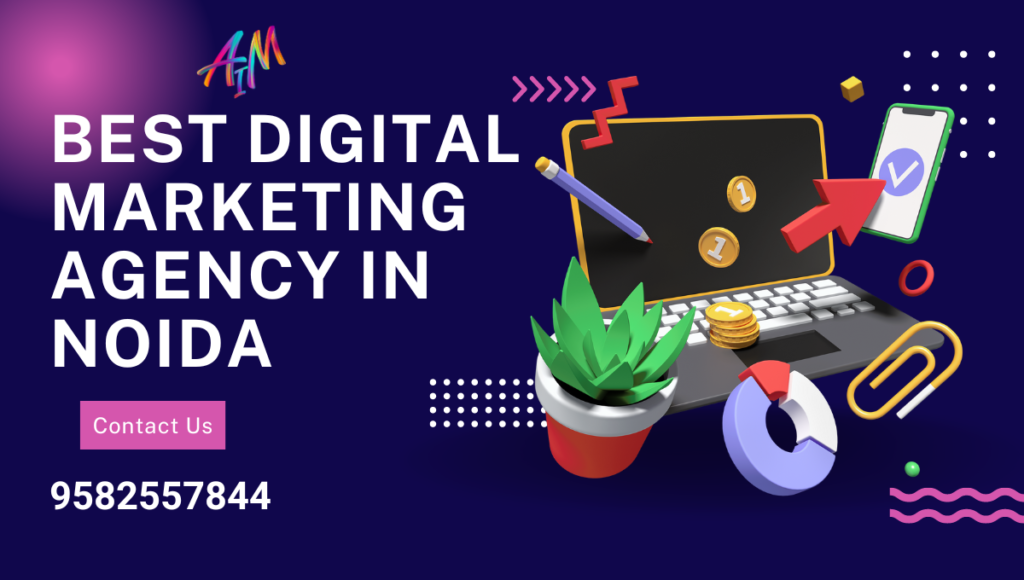Introduction
Why Create a Facebook Page?
- Facebook’s massive global user base, surpassing 2.9 billion monthly active users, offers unparalleled access to diverse demographics .
- It’s an essential tool for businesses, brands, influencers, and community leaders to reach and engage with their audience.
- Unlike personal profiles, Facebook Pages provide advanced tools for marketing, analytics, and monetization, making them crucial for professional growth.
- Example: Discuss how brands like Nike and influencers like Huda Kattan have harnessed the power of Facebook to build empires, using Facebook Pages to cultivate large, engaged audiences.
Monetization Opportunities on Facebook
- Facebook’s monetization landscape is vast, ranging from ad revenue and sponsored content to direct sales and subscriptions.
- Highlight success stories, such as small businesses that scaled up using Facebook Shops or content creators who thrive on in-stream ads and fan subscriptions.
- Example: Dive into specific cases like “Humans of New York,” a Facebook Page that turned storytelling into a lucrative business through book sales, sponsorships, and donations.
Setting Up Your Facebook Page
Step 1: Planning Your Page
Define Your Purpose
- Clearly articulating your page’s goal helps shape its content and strategy. Whether you’re a local bakery aiming to increase foot traffic or a blogger wanting to expand your reach, knowing your purpose is crucial.
- Example: Illustrate with diverse page goals – a local charity’s page might focus on community engagement and fundraising, while an e-commerce business page may prioritize showcasing products and driving online sales.
Choose Your Page Type
- Facebook offers multiple page types tailored to different needs. Understanding these options can ensure you select the right one from the start:
- Business or Brand: Ideal for companies and entrepreneurs focusing on selling products or services.
- Community or Public Figure: Suitable for individuals, influencers, and community groups looking to build a personal brand or a local following.
- Example: Compare the setup processes and features of these page types, using a local coffee shop versus a personal trainer as case studies.
Step 2: Creating the Page
Step-by-Step Guide to Page Creation
- Accessing the Facebook Page creation tool via the Facebook home page or the Facebook Business Suite.
- Detailed Steps:
- Select “Create” from the top menu, then choose “Page.”
- Enter your page name, category (selecting up to three relevant categories), and a brief description.
- Click “Create Page.”
- Example: Provide a visual guide with screenshots showing each step, making it easy for readers to follow along.
Optimizing Your Page Details
- The “About” section should concisely convey what your page is about and what value it offers to followers. Include your mission, vision, and what users can expect.
- Profile Picture and Cover Photo:
- Choose a recognizable profile picture (e.g., logo or personal photo) that represents your brand.
- The cover photo is prime real estate for showcasing your brand’s essence or current promotions.
- Example: Use real-world examples of compelling profile and cover photos, like how Starbucks uses a clean logo for the profile and a vibrant image of their latest seasonal drink for the cover photo.
- Page Roles and Permissions:
- Assign roles such as Admin, Editor, Moderator, Advertiser, and Analyst to help manage your page effectively.
- Example: Explain the role hierarchy with an example – a small business might have the owner as Admin, a marketer as Editor, and a customer service rep as Moderator.
Building Your Audience
Step 3: Developing Content Strategy
Content Planning
- Consistent, high-quality content is the bedrock of successful Facebook Pages. Plan your content to align with your goals and audience preferences.
- Content Calendar:
- Use a content calendar to schedule posts, ensuring a balanced mix of promotional, informational, and engaging content.
- Example: Provide a sample content calendar template that outlines daily or weekly posts, including types (e.g., articles, videos, promotions) and timing.
Crafting Engaging Content
- Visual Appeal:
- Utilize high-quality images and videos. Facebook posts with visuals get significantly more engagement than text-only posts.
- Example: Highlight tools like Canva or Adobe Spark for creating professional-looking graphics and video content.
- Captivating Captions and Headlines:
- Craft headlines that grab attention and captions that encourage interaction. Use questions, calls-to-action (CTAs), and relevant hashtags.
- Example: Compare effective versus ineffective captions. A caption like “What’s your go-to summer drink?” invites responses more than a bland “Our summer menu is here.”
- Utilizing Facebook’s Content Formats:
- Explore all of Facebook’s content options, from Stories and Reels to Live Videos and 360-degree photos.
- Example: Discuss the benefits of each format and how they can be used effectively – such as using Facebook Live for real-time engagement or Stories for time-sensitive updates.
Step 4: Growing Your Followers
Organic Growth Strategies
- Inviting Friends and Leveraging Networks:
- Initially invite your friends and ask them to share your page. Utilize personal networks and other social media platforms to gain initial traction.
- Example: Provide a step-by-step guide on how to invite friends and leverage existing networks to increase page likes.
- Engaging Content and Community Interaction:
- Regularly post engaging content that resonates with your audience. Respond to comments, join relevant groups, and be active in your community.
- Example: Share a success story of a local business that grew its following through active community engagement and posting locally relevant content.
- Cross-Promotion:
- Promote your page on other social media platforms and in collaborations with influencers or complementary businesses.
- Example: Discuss how a local gym might partner with a nutritionist for mutual promotion, each sharing the other’s content and page with their respective audiences.
Paid Promotion Techniques
- Introduction to Facebook Ads:
- Facebook Ads allow precise targeting based on demographics, interests, and behaviors. They are a powerful tool for expanding your reach beyond organic limits.
- Example: Explain how to set up a basic Facebook ad campaign, including choosing objectives, setting budgets, and selecting audiences.
- Effective Ad Campaigns:
- Discuss different types of ad campaigns (e.g., traffic, engagement, conversions) and when to use each.
- Example: Highlight a case study of a small business that successfully used Facebook Ads to drive website traffic and sales.
- Budgeting and Measuring Success:
- Provide tips on setting realistic ad budgets and how to measure ROI using Facebook’s ad analytics tools.
- Example: Create a sample budget breakdown and explain how to track ad performance using metrics like CTR (Click-Through Rate) and CPC (Cost Per Click).
Engagement and Community Building
Step 5: Fostering Engagement
Creating a Community
- Building a sense of community around your page encourages loyalty and repeat engagement.
- Strategies for Encouraging Interaction:
- Use polls, questions, and interactive posts to get followers involved.
- Example: Show how a local bookstore uses polls to let followers choose the next book for their reading club.
- Real-Time Engagement:
- Facebook Live is an excellent tool for real-time interaction. Host live Q&A sessions, product demos, or behind-the-scenes looks.
- Example: Discuss how artists or musicians might use Facebook Live to engage with their audience during performances or studio sessions.
Responding to Engagement
- Prompt responses to comments and messages show that you value your audience and are attentive to their needs.
- Best Practices:
- Always respond politely, even to negative comments. Use them as opportunities to demonstrate excellent customer service.
- Example: Provide scripts or response templates for common scenarios, such as handling praise, dealing with criticism, and answering frequently asked questions.
- Handling Negative Feedback and Trolls:
- Explain strategies for dealing with negativity constructively, like addressing genuine concerns publicly while managing trolls with calm and factual replies.
- Example: Share examples of brands that turned negative feedback into positive customer experiences through thoughtful responses.
Utilizing Facebook Groups
- Facebook Groups linked to your page can deepen engagement by creating spaces for more focused discussions and community building.
- Benefits and Setup:
- Groups allow for more personal interaction and can be niche-focused or broader, depending on your goals.
- Example: Detail how a fitness page might create a group for sharing workout tips and support, leading to higher engagement and a sense of belonging.
- Managing and Growing Groups:
- Regularly post in your group, encourage member contributions, and maintain active moderation to keep discussions healthy and on-topic.
- Example: Provide a checklist for managing group activities, from welcoming new members to setting group rules and moderating content.
Step 6: Collaborations and Partnerships
Networking with Influencers
- Influencers can amplify your reach and credibility through their established audiences.
- Identifying and Reaching Out:
- Research influencers who align with your brand values and audience. Start with micro-influencers who have loyal, engaged followings.
- Example: Share tips on crafting effective collaboration pitches and building relationships with influencers.
- Benefits of Collaborations:
- Collaborations can boost your visibility and add credibility. They often lead to mutual promotion and cross-pollination of audiences.
- Example: Discuss a case study where a beauty brand collaborated with a makeup artist to create tutorial videos, resulting in increased engagement and sales.
Partnering with Brands
- Partnering with complementary brands can expand your reach and offer additional value to your audience.
- Approaching Brands:
- Identify potential partners by looking for non-competing brands with similar audiences. Pitch mutual benefits and collaborative ideas.
- Example: Explain how a travel page could partner with a luggage company to offer travel tips and product reviews.
- Negotiating and Managing Relationships:
- Clearly outline the terms of the partnership, including expectations for content sharing, promotion, and any financial arrangements.
- Example: Provide a template for partnership agreements and tips on maintaining healthy, productive partnerships.
Monetizing Your Facebook Page
Step 7: Ad Revenue and Sponsored Content
Facebook’s Monetization Tools
- Facebook offers several built-in monetization options for eligible pages, such as in-stream ads, fan subscriptions, and branded content tools.
- Setting Up In-Stream Ads:
- Eligibility criteria include having at least 10,000 followers and meeting certain video engagement thresholds.
- Example: Provide a guide on applying for and setting up in-stream ads, including tips for creating content that maximizes ad revenue.
- Branded Content and Partner Monetization:
- Pages can tag brands in posts to disclose paid partnerships, making it easier to manage and track sponsored content.
- Example: Discuss how influencers can use the Branded Content tool to streamline partnerships and comply with advertising regulations.
Sponsored Posts and Affiliate Marketing
- Attracting Sponsors:
- Build a media kit showcasing your audience demographics, engagement stats, and examples of past partnerships to attract sponsors.
- Example: Share a template for a media kit and tips on presenting it to potential sponsors.
- Writing and Disclosing Sponsored Content:
- Create authentic, value-adding content for sponsored posts, ensuring clear disclosure to maintain transparency and trust.
- Example: Provide examples of effective sponsored posts, highlighting how they integrate sponsors naturally into engaging content.
- Introduction to Affiliate Marketing:
- Affiliate marketing involves promoting products in exchange for a commission on sales. It’s a flexible way to monetize your audience.
- Example: Explain how bloggers and influencers can integrate affiliate links into their content, such as product reviews or tutorials.
Step 8: Selling Products and Services
Creating a Facebook Shop
- Facebook Shops allow you to showcase and sell products directly on your page, creating a seamless shopping experience for followers.
- Setting Up Your Shop:
- Step-by-step instructions on setting up a Facebook Shop, from adding products to managing orders.
- Example: Provide screenshots and detailed instructions to help readers navigate the setup process.
- Showcasing Your Products Effectively:
- Use high-quality images and detailed descriptions. Organize products into collections and highlight features and benefits.
- Example: Discuss successful product presentation strategies, like using lifestyle photos that show products in use.
Promoting Your Services
- Your page can serve as a platform to market various services, from consulting and coaching to freelance work and digital products.
- Using Facebook’s Booking Tools:
- Set up appointment booking or service scheduling directly through your page, streamlining the process for clients.
- Example: Explain how a wellness coach might use Facebook’s booking tools to schedule sessions and manage client interactions.
- Marketing Strategies for Services:
- Share testimonials, case studies, and success stories to build credibility. Use targeted ads to reach potential clients.
- Example: Detail a case study where a personal trainer used client testimonials and Facebook Ads to grow their service-based business.
Step 9: Subscription Models and Fan Support
Facebook Fan Subscriptions
- Fan subscriptions allow followers to support your page through monthly payments, often in exchange for exclusive content or perks.
- Setting Up Subscriptions:
- Criteria and steps to enable fan subscriptions, including setting up tiers and benefits.
- Example: Describe how a content creator could offer different subscription levels, each with unique benefits, like exclusive content or early access.
- Strategies to Attract and Retain Subscribers:
- Provide consistent value, engage subscribers with exclusive content, and recognize their support to foster loyalty.
- Example: Discuss how a podcaster might offer behind-the-scenes content or special episodes for subscribers.
Crowdfunding and Donations
- Leveraging Crowdfunding Platforms:
- Platforms like Patreon or Ko-fi allow you to raise funds directly from your audience for specific projects or ongoing support.
- Example: Explain how artists or nonprofit organizations might use these platforms to fund creative projects or community initiatives.
- Best Practices for Asking for Donations:
- Clearly communicate your goals and how the funds will be used. Show appreciation for donors through public acknowledgments or rewards.
- Example: Provide a template for donation requests and tips on integrating them into your page content without overwhelming your audience.
Analytics and Optimization
Step 10: Tracking Performance
Using Facebook Insights
- Facebook Insights is a robust analytics tool that helps you understand your page’s performance and audience engagement.
- Navigating Facebook Insights:
- Overview of the key metrics available, including reach, engagement, and follower demographics.
- Example: Provide a walkthrough of the Facebook Insights dashboard, explaining how to access and interpret each section.
- Key Metrics to Monitor:
- Identify and explain important metrics like Post Reach, Engagement Rate, and Page Views, and how they reflect your page’s performance.
- Example: Share examples of how businesses use these metrics to refine their content strategy and improve engagement.
Analyzing Content Effectiveness
- Regularly review which content types and formats are performing best to refine your strategy.
- Content Performance Analysis:
- Assess individual post performance based on likes, shares, comments, and clicks.
- Example: Compare the performance of different post types (e.g., videos vs. images) and discuss how to adapt based on audience preferences.
- Adjusting Strategy Based on Insights:
- Use data to make informed decisions about content scheduling, types, and promotional strategies.
- Example: Illustrate how a page might shift its strategy after noticing higher engagement with video content versus text posts.
Step 11: SEO and Optimization
Facebook Page SEO
- Just like websites, Facebook Pages can be optimized for search engines to increase visibility and attract more followers.
- Optimizing Page Information:
- Use relevant keywords in your page name, about section, and posts. Ensure your page info is complete and up-to-date.
- Example: Show how a travel blog page might use keywords related to travel destinations and tips to improve discoverability.
- SEO for Posts and Content:
- Incorporate keywords naturally into your content and use hashtags strategically to reach broader audiences.
- Example: Explain how to use tools like Google Keyword Planner to find keywords and hashtags that can boost your page’s SEO.
A/B Testing and Continuous Improvement
- A/B testing involves comparing two versions of a post or ad to determine which performs better, helping refine your strategy.
- Conducting A/B Tests:
- Test variables like headlines, images, posting times, and CTAs. Use Facebook’s split testing tools for ads.
- Example: Provide a step-by-step guide on setting up A/B tests and analyzing the results to improve content and ad performance.
- Iterating and Refining Strategies:
- Continuously update and refine your strategies based on the latest insights and performance data.
- Example: Share a case study of a page that significantly improved its engagement and reach by regularly testing and adapting its content approach.
Conclusion
Summary of Key Points
- Recap the journey from setting up a Facebook Page to growing and monetizing it, emphasizing the key steps and strategies discussed.
- Example: Summarize the major milestones – planning and creation, audience building, engagement, monetization, and optimization.
Future Trends in Facebook Monetization
- Discuss upcoming features, tools, and trends in social media and Facebook monetization, such as advancements in e-commerce integration or new advertising formats.
- Example: Highlight potential opportunities with emerging trends like augmented reality (AR) ads and expanding global e-commerce capabilities on Facebook.
Encouragement for Aspiring Page Owners
- Starting and growing a Facebook Page is a journey that requires patience, creativity, and consistent effort. Encourage readers to stay motivated and persistent.
- Example: Share inspirational stories or quotes from successful page owners to motivate readers embarking on their own Facebook journey.
Additional Resources
Links to Helpful Tools
- List and describe tools that can aid in page creation, content creation, analytics, and monetization.
- Example: Canva for graphic design, Hootsuite for scheduling posts, and Google Analytics for tracking external traffic.
Recommended Reading and Tutorials
- Provide links to further reading, tutorials, and online courses that offer deeper insights into Facebook marketing and monetization.
- Example: Recommend resources like Facebook’s Blueprint courses or blogs from social media marketing experts.
FAQ Section
- Address common questions and concerns about Facebook Page creation, management, and monetization.
- Example: Answer queries like “How often should I post?” or “What are the best times to schedule Facebook posts?”




